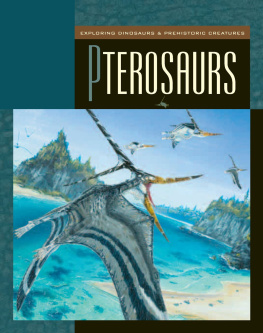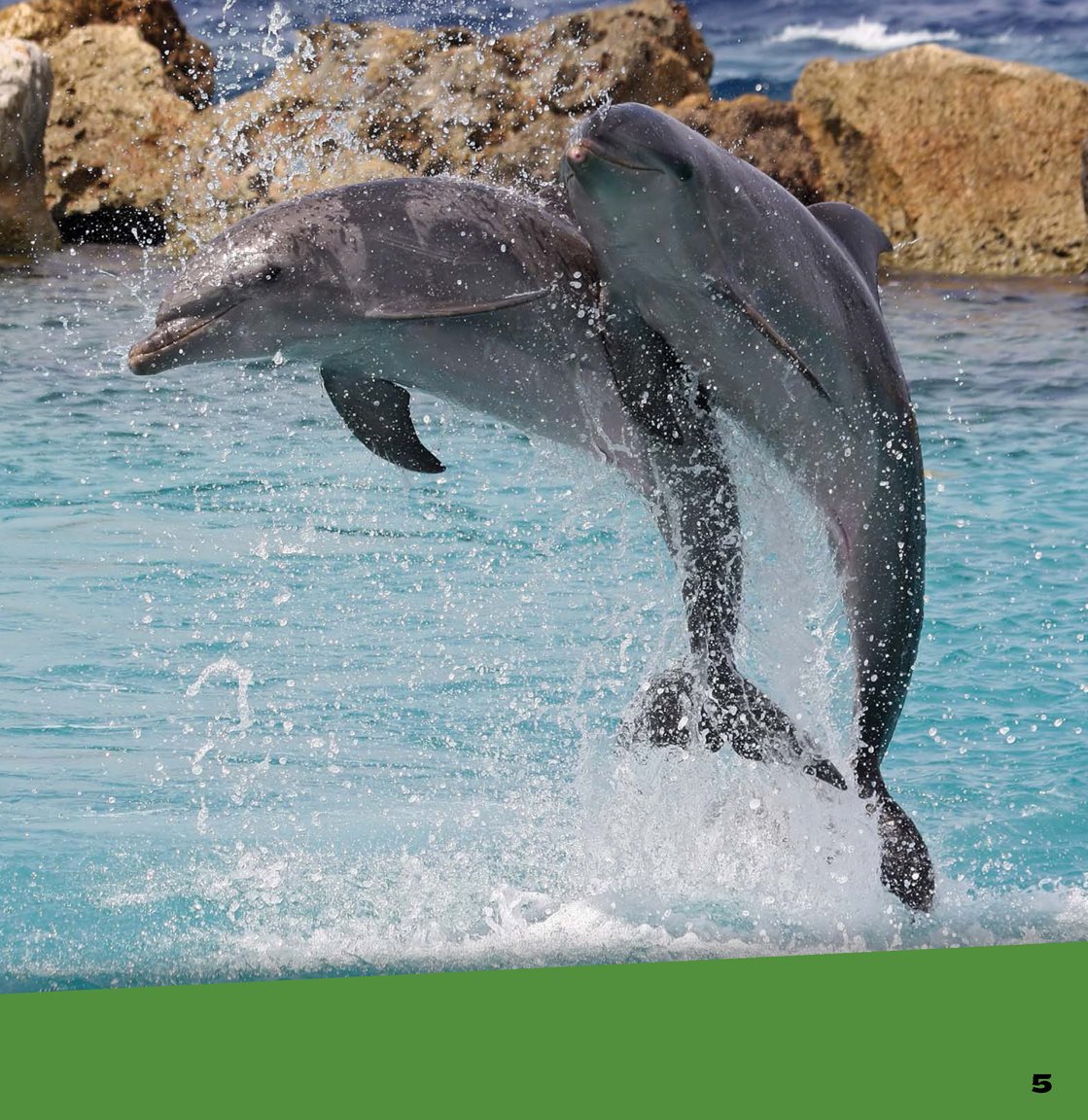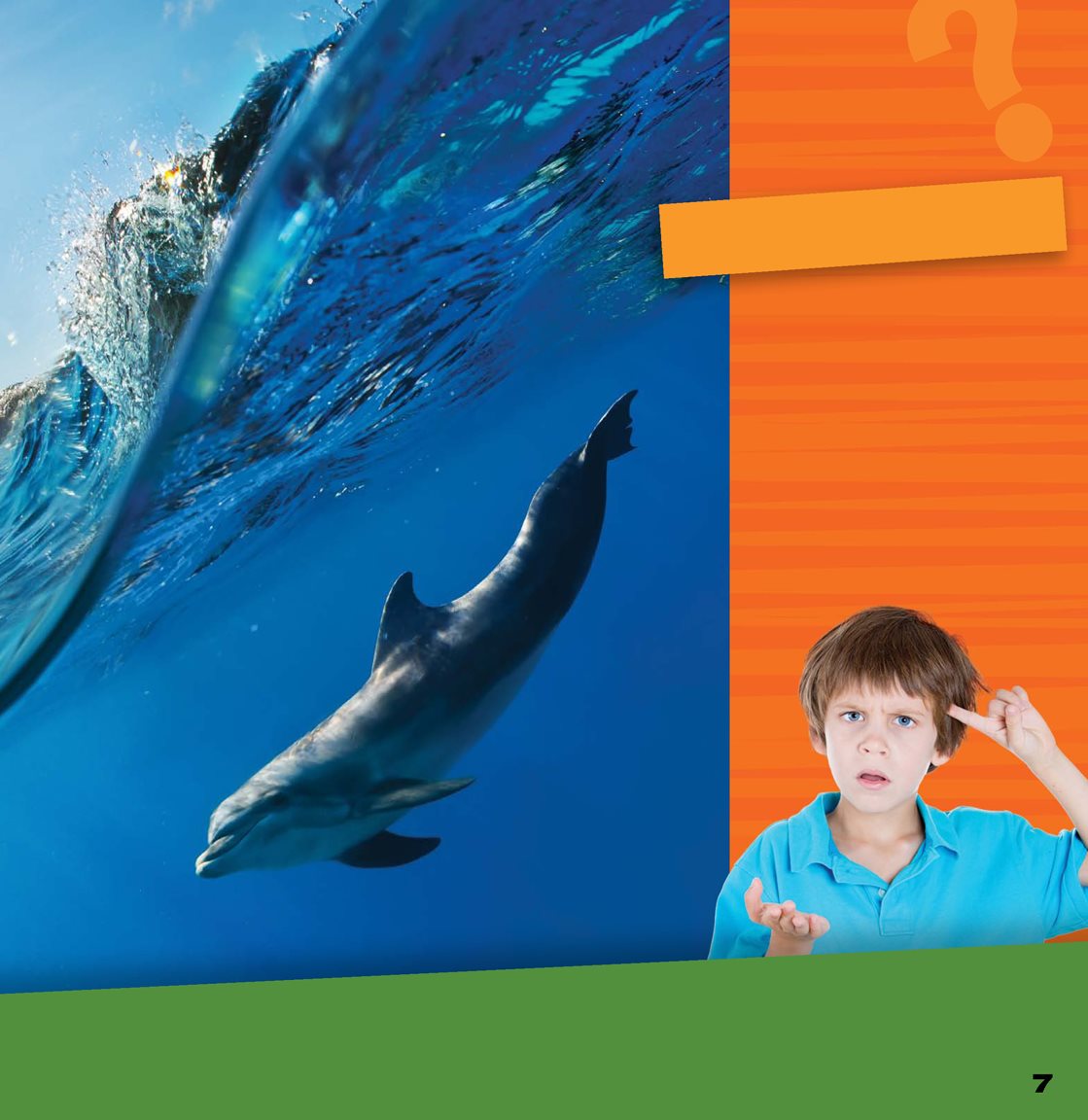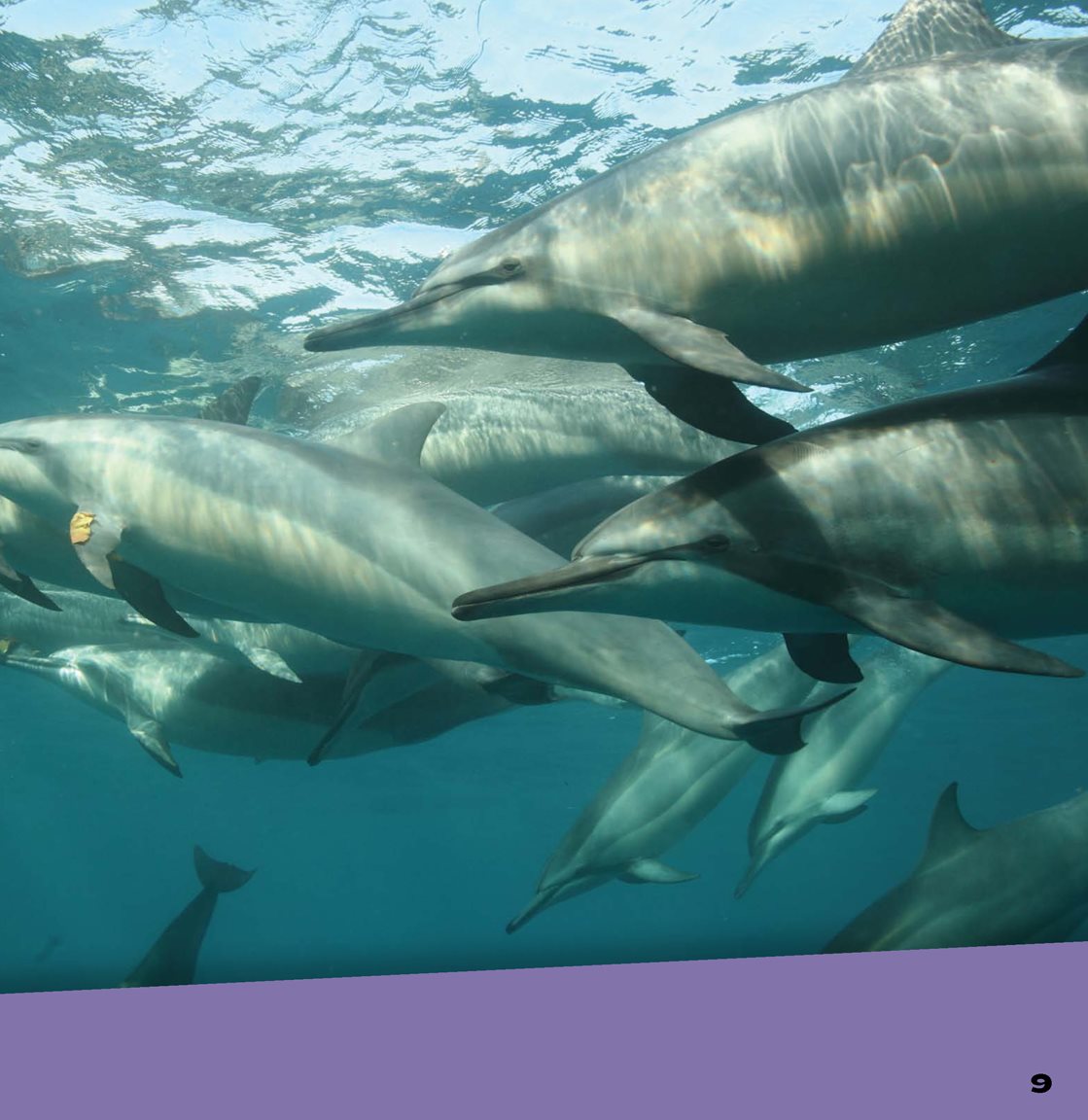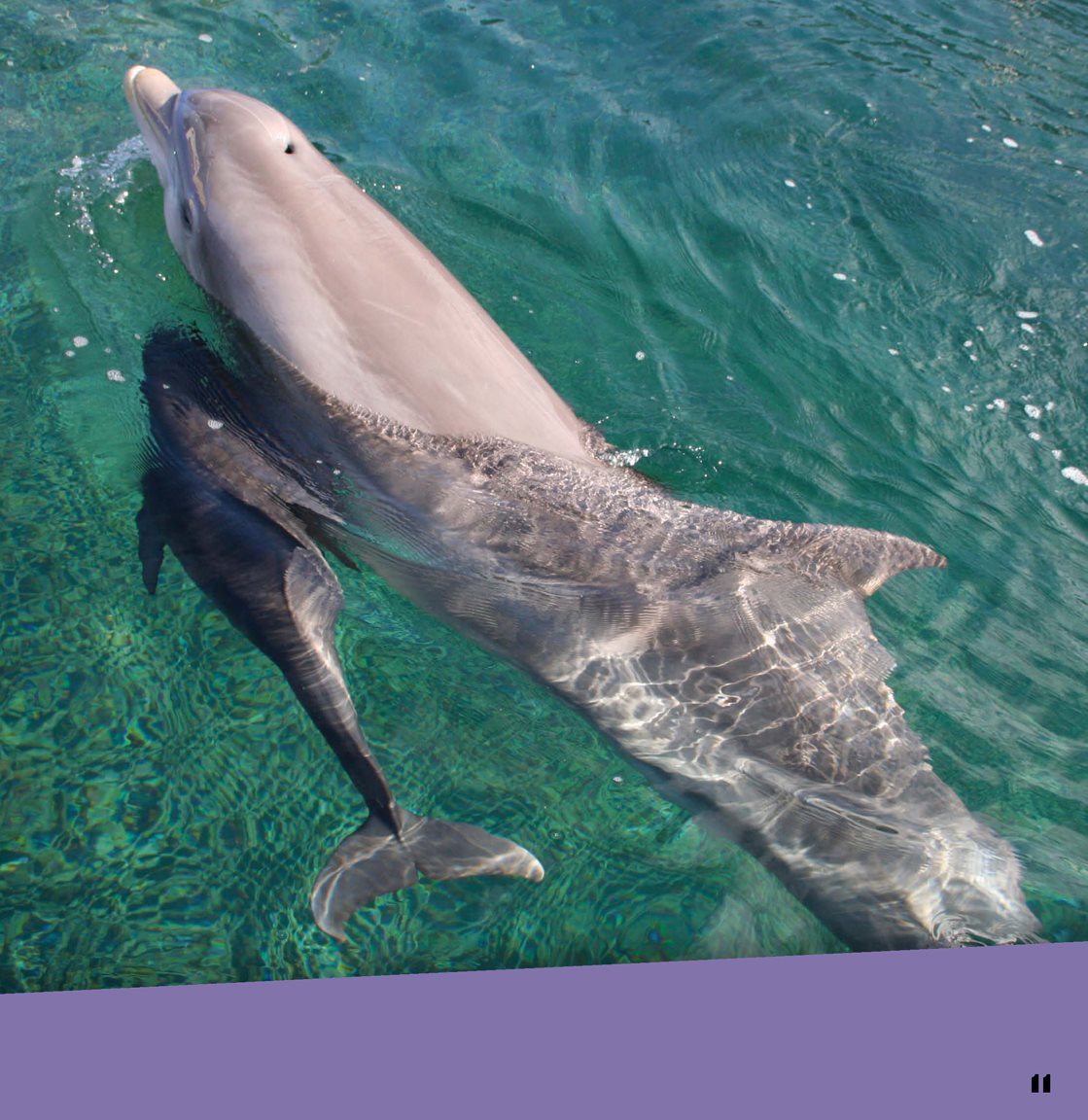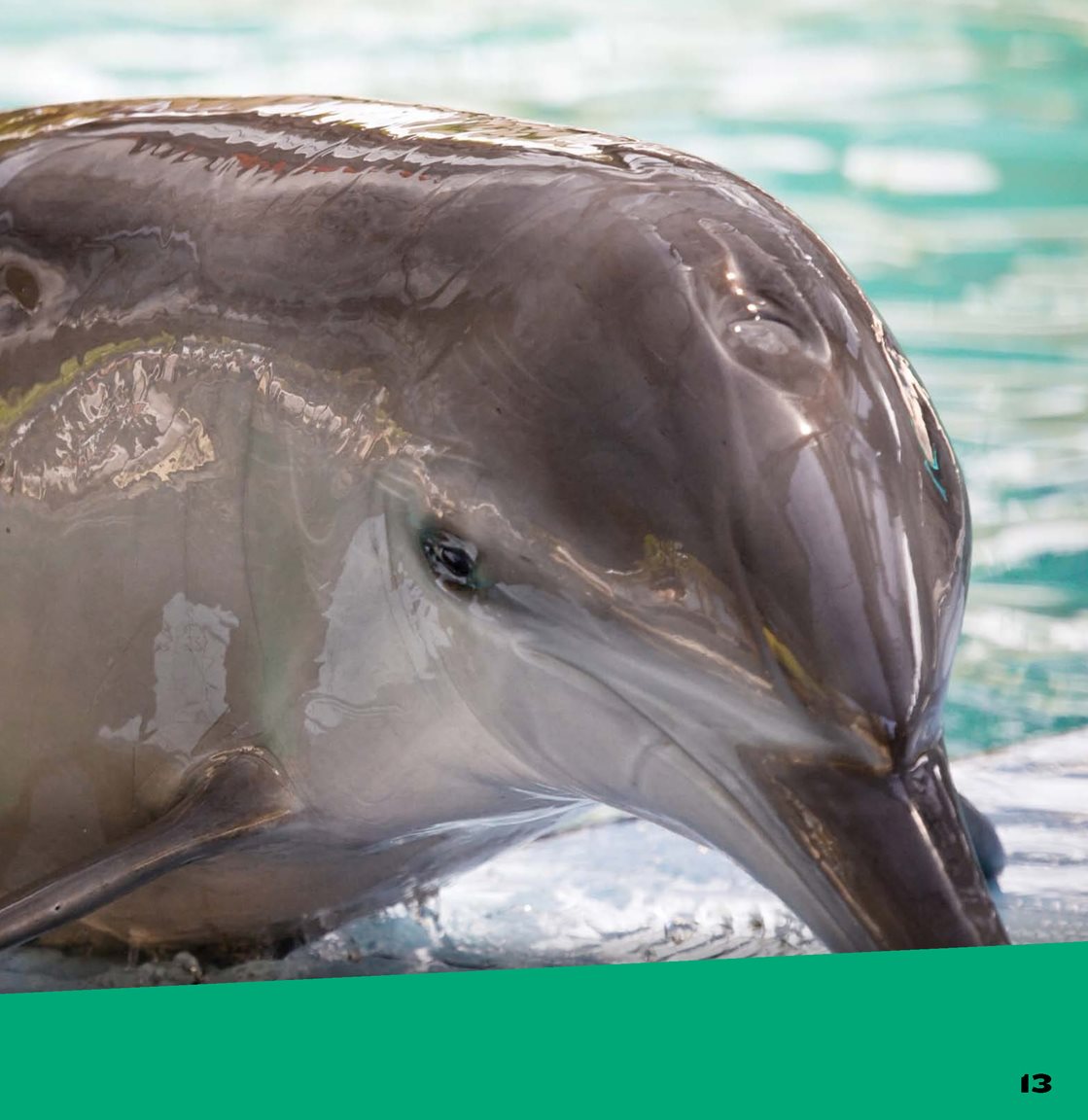Table of Contents
Guide
Published in the United States of America by Cherry Lake Publishing
Ann Arbor, Michigan
www.cherrylakepublishing.com
Content Adviser: Dr. Stephen S. Ditchkoff, Professor of Wildlife Sciences, Auburn University,
Auburn, Alabama
Reading Adviser: Marla Conn, Readability, Inc.
Photo Credits: PathDoc/Shutterstock Images, cover, 1, 7; michaeljung/Shutterstock Images, cover, 1, 19;
xavier gallego morell/Shutterstock Images, cover, 1, 17; Willyam Bradberry/Shutterstock Images, cover,
1, 7, 15 ; Christian Musat/Shutterstock Images, cover, 1; Kristina Vackova/Shutterstock Images, cover,
1; fotografie4you/Shutterstock Images, 5; Dai Mar Tamarack/Shutterstock Images, 9; Debra
McGuire/Thinkstock, 11; KKulikov/Shutterstock Images, 13; PedroMatos/Shutterstock Images, 15;
Tory Kallman/Dreamstime.com, 19; Palis Michalis/Shutterstock Images, 21
Copyright 2015 by Cherry Lake Publishing
All rights reserved. No part of this book may be reproduced or utilized in any form or by any means
without written permission from the publisher.
Library of Congress Cataloging-in-Publication Data
Gray, Susan Heinrichs, author.
Dolphins breathe air / Susan H. Gray.
pages cm. -- (Tell me why)
Summary: Young children are naturally curious about animals. Dolphins
Breathe Air offers answers to their most compelling questions about how
these mammals can swim. Age-appropriate explanations and appealing photos
encourage readers to continue their quest for knowledge. Additional text
features and search tools, including a glossary and an index, help students
locate information and learn new words.Provided by publisher.
Audience: Ages 6-10.
Audience: K to grade 3.
Includes bibliographical references and index.
ISBN 978-1-63188-991-2 (hardcover) -- ISBN 978-1-63362-030-8 (pbk.) -
ISBN 978-1-63362-069-8 (pdf) -- ISBN 978-1-63362-108-4 (ebook) 1.
Dolphins--Juvenile literature. 2. Dolphins--Respiration--Juvenile
literature. 3. Dolphins--Physiology--Juvenile literature. 4. Childrens
questions and answers. I. Title.
QL737.C432G723 2015
599.53--dc23
ISBN-13 978-1-68444-467-0 (ebook)
2014031831
Cherry Lake Publishing would like to acknowledge the work of The Partnership for 21st Century Skills.
Please visit www.21.org for more information.
Printed in the United States of America
Corporate Graphics
Synchred Read-Along Version by:
Triangle Interactive LLC
PO Box 573
Prior Lake, MN 55372
Table of Contents
Alyssas Questions
Alyssa and her family were on vacation.
They were on a big boat with lots of people.
Everyone was watching for dolphins.
There they are! Alyssa shouted. She
waved her hands and pointed. Everyone
turned to look. Dolphins were leaping from
the water.
A man in a uniform came over to Alyssa.
You were really paying attention, he said.
You would make a good scientist someday.
Most dolphins live in oceans all around the world.
Alyssas eyes lit up. She loved the ocean.
And she loved animals. She wanted to ask
the man about dolphins.
I know dolphins are not fish, she
began. But what are they? Do they only
live in the ocean? How do they breathe?
She was full of questions.
The man laughed. One question at a
time, please, he said. Then he began to talk
about dolphins. Everyone moved in closer
so they could hear.
ASK QUESTIONS!
Ask your
classmates what
they know about
dolphins. See if
anyone thinks a
dolphin is a fish.
Dolphins live in the water, but they are not fish.
Life in the Sea
Some species of dolphins live in rivers,
the man began. But most live in the ocean.
They spend their days swimming, playing,
and eating. They love to eat fish, squid,
and shrimp.
Dolphins travel in groups called pods,
he continued. Sometimes, a pod works
together to feed. First, members of the pod
surround some fish. The fish quickly become
trapped. Then it is easy for the dolphins to
catch them.
Dolphins work together when hunting.
The man went on. Dolphins are
mammals . Cows, dogs, bears, and people
are also mammals. Like all other mammals,
dolphins have lungs. They breathe air, just
like we do. Fish, however, have gills. Gills
make it possible to breathe underwater.
Dolphins do not have gills.
Alyssa was confused. She knew dolphins
spent their lives in the water. So how do
they get the air they need? She waited for
the man to explain.
Both dolphins and humans have lungs.
A Hole in the Head
Alyssas question was soon answered.
The man pointed out that a dolphin may
look like it has a nose or snout for breathing.
But, it has a blowhole instead. This is a
single hole on the top of the animals head.
It leads to a tube called the trachea , or
windpipe. The trachea carries air to the
dolphins lungs.
When a dolphin breathes in, air comes
into the blowhole. It moves down the
windpipe and to the lungs. Air moves out
through the same pathway.
Dolphins breathe through a hole in their head
called a blowhole.


